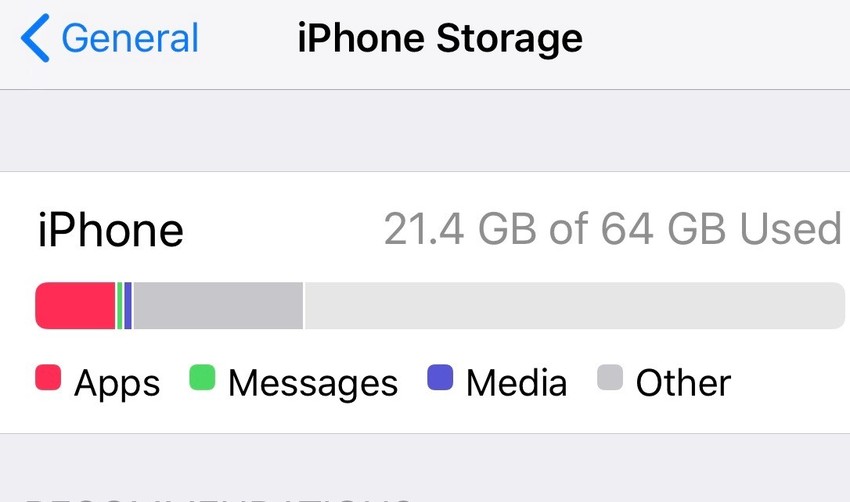
Bits and bytes are the units to measure computer data. Bit is short for “binary digit,” the most basic unit of computer data with a value of 0 or 1. On their own, these values are meaningless, but 8 bits grouped together form a byte. Basically, 8 bits equals 1 byte, and 1 byte represents 1 character, such as one letter or one symbol. All those bytes add up to a file size, for example, my running Word Doc is currently at 167 KB (167,000 bytes).
So why do you need to know bits versus bytes? Because the speed of data transfer is measured in bits and the amount of data storage is measured in bytes. Having this knowledge will help you make wiser tech purchasing decisions. What you need to know first, because you’ll see it in advertisements or on the packaging: a byte is represented with an uppercase B while a bit is represented with a little b.
When talking about bits and bytes you’ll also see the terms K for Kilo (thousand) or M for Mega (million) or G for Giga (billion). If you see Gb or GB, now you can identify whether it means Gigabits or Gigabytes by the lowercase or uppercase letters.
The latest iPhone advertises 64GB (64 billion bytes). That’s a lot of storage, but consider how many photos you take on your phone. If just one picture has a file size of 2 MB (and some files are much larger), that storage could fill up fast. That’s not even considering the size of apps and other files.
Think of it like a closet. The more space you have, the more clothing you can store. The more you fill it up, the slower it may take you to find an outfit. Well, similarly, the more you fill up the storage in your device or computer, the slower applications or files might transfer, upload or work.
 An all-new multi-service login for your PSPINC web apps!
An all-new multi-service login for your PSPINC web apps!
 Request a quote for Custom WordPress Design
Request a quote for Custom WordPress Design

.png)